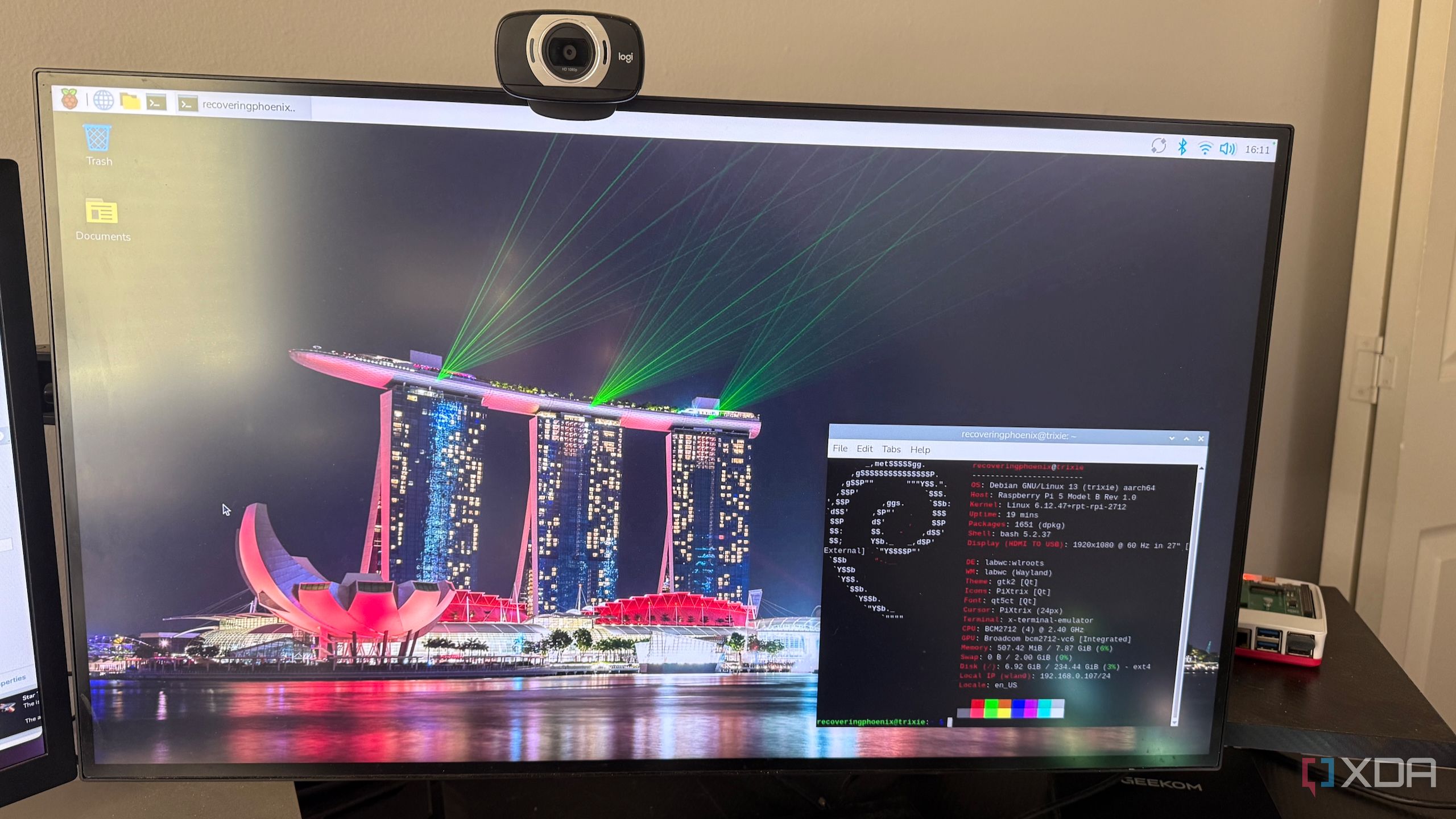Top Stories
Software Transparency Debate Escalates: What You Need to Know NOW

URGENT UPDATE: A critical debate is unfolding in the software development community over the true meaning of “open” in software licensing. As companies increasingly market their products as “open-source,” many users are discovering that transparency does not equate to freedom. This has immediate implications for developers and users alike.
New reports confirm that the line between “open-source” and “source-available” software is blurring, leading to confusion and frustration among users. Meta’s Llama large language model, for example, has sparked widespread discussion after it was revealed that its license prohibits commercial use, despite being labeled as open-source. This distinction is vital as it impacts users’ rights to modify and redistribute software.
The Open Source Initiative (OSI) establishes that open-source software grants users the legal and ethical right to use, modify, and share software freely. However, source-available software may allow visibility of the code but often imposes restrictions that limit user innovation and sustainability. As software companies navigate these waters, the implications for community collaboration and trust are profound.
Examples like Elastic’s Elasticsearch illustrate this trend. After years of operating under an open-source license, Elastic switched to a source-available model, sparking outrage among the developer community. This shift reflects a broader concern: can open-source projects remain sustainable under corporate control?
For users, the ramifications are clear. In the face of increasing corporate influence, less freedom and more confusion about software rights are emerging. Developers are encouraged to scrutinize licenses carefully. OSI-approved licenses such as GPLv3, MIT, and Apache 2.0 allow unrestricted use and modification, while any license limiting such rights disqualifies software from being truly open-source.
The urgency of this issue cannot be overstated. As more companies leverage the term “open” for marketing, the integrity of genuine open-source initiatives is at risk. Users must remain vigilant to distinguish between software that supports collective progress and those that maintain corporate control.
The open-source community thrives on shared ownership and accountability. Diluting the meaning of “open-source” threatens innovation and could lead to fewer contributors. Linux, VLC, and Blender are shining examples of successful open-source projects that owe their resilience to the principles of freedom and community collaboration.
Every time a company mislabels restricted code as open-source, it erodes trust and damages the credibility of genuine initiatives. Users must understand the differences between open-source and source-available software to protect their rights and ensure the future of collaborative software development.
In a rapidly evolving landscape, supporting true open-source projects means investing in a future where collaboration remains at the forefront of progress. Stay informed, check licenses, and make choices that foster independence rather than dependency. The future of software is being shaped right now, and every decision counts.
-

 Business2 weeks ago
Business2 weeks agoIconic Sand Dollar Social Club Listed for $3 Million in Folly Beach
-

 Politics2 weeks ago
Politics2 weeks agoAfghan Refugee Detained by ICE After Asylum Hearing in New York
-

 Health2 weeks ago
Health2 weeks agoPeptilogics Secures $78 Million to Combat Prosthetic Joint Infections
-

 Science2 weeks ago
Science2 weeks agoResearchers Achieve Fastest Genome Sequencing in Under Four Hours
-

 Lifestyle2 weeks ago
Lifestyle2 weeks agoJump for Good: San Clemente Pier Fundraiser Allows Legal Leaps
-

 Health2 weeks ago
Health2 weeks agoResearcher Uncovers Zika Virus Pathway to Placenta Using Nanotubes
-

 World2 weeks ago
World2 weeks agoUS Passport Ranks Drop Out of Top 10 for First Time Ever
-

 Business2 weeks ago
Business2 weeks agoSan Jose High-Rise Faces Foreclosure Over $182.5 Million Loan
-

 Science2 weeks ago
Science2 weeks agoMars Observed: Detailed Imaging Reveals Dust Avalanche Dynamics
-

 Entertainment2 weeks ago
Entertainment2 weeks agoJennifer Lopez Addresses A-Rod Split in Candid Interview
-

 Top Stories1 week ago
Top Stories1 week agoChicago Symphony Orchestra Dazzles with Berlioz Under Mäkelä
-

 World2 weeks ago
World2 weeks agoRegional Pilots’ Salaries Surge to Six Figures in 2025








